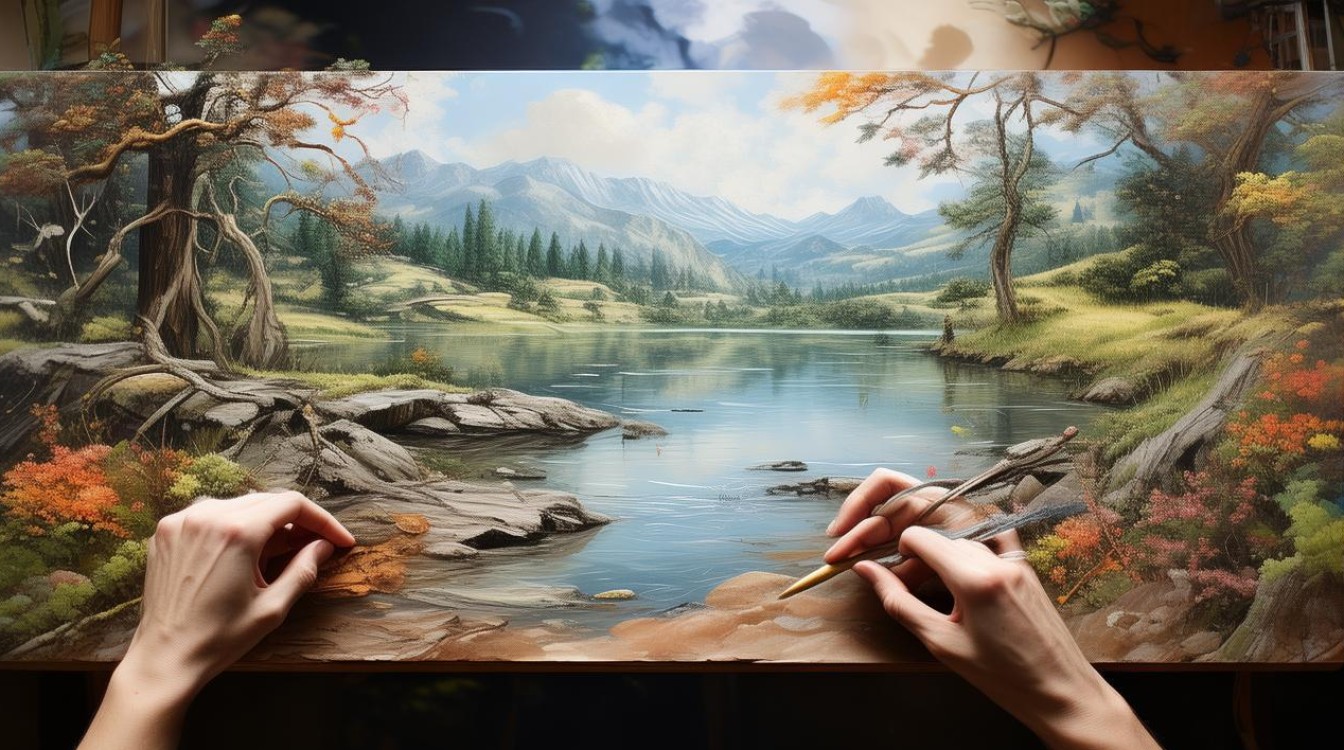Images are powerful tools for communication, transcending language barriers and conveying emotions, ideas, and stories in an instant. Whether you are a student, a professional, or simply someone who enjoys visual storytelling, knowing how to describe images in English is an essential skill. This guide will help you master the techniques of image description, from basic observations to detailed analysis, ensuring clarity and engagement in your writing.

Why Describing Images Matters
Visual content dominates modern communication—social media, advertisements, educational materials, and news articles all rely on images to capture attention. However, not everyone can see these visuals, and even for sighted audiences, a well-crafted description enhances understanding. Effective image descriptions also improve accessibility, making content inclusive for individuals with visual impairments who rely on screen readers.
Beyond accessibility, describing images strengthens language skills. It encourages precise vocabulary, logical sequencing, and creative expression. Whether you are preparing for an English exam, writing a blog post, or crafting social media captions, the ability to articulate what you see is invaluable.
Key Elements of Image Description
A strong description should be clear, structured, and engaging. Here are the essential components to include:
Overview of the Image
Start with a broad introduction. Mention the type of image (photograph, painting, diagram) and its subject. For example:
"The image is a vibrant photograph of a bustling city street at sunset, with towering skyscrapers and pedestrians crossing a busy intersection."
Foreground and Background
Distinguish between the main focus (foreground) and supporting elements (background). This creates depth in your description:
"In the foreground, a young woman in a red coat walks confidently, holding a coffee cup. Behind her, neon signs glow against the fading daylight, and cars blur with motion."

Colors and Lighting
Colors set the mood, while lighting influences perception. Descriptive terms like "warm golden hues" or "harsh fluorescent lighting" add richness:
"The scene is bathed in soft orange and pink tones, casting long shadows across the pavement."
Composition and Perspective
Note how elements are arranged. Is the image symmetrical? Is it shot from a high angle or close-up?
"The photographer uses a low-angle perspective, making the buildings appear even more imposing against the sky."
Emotions and Atmosphere
Images evoke feelings. Describe whether the scene is joyful, tense, serene, or chaotic:
"Despite the crowded street, there’s a sense of energy and possibility—the city feels alive."
Techniques for Effective Description
Be Specific, Not Vague
Avoid generic terms like "nice" or "interesting." Instead of saying, "The landscape is beautiful," try:
"Rolling green hills stretch into the distance, dotted with wildflowers and bordered by a winding river."
Use Active Language
Passive voice can weaken descriptions. Compare:

- Passive: "A dog is seen lying on the grass."
- Active: "A golden retriever lounges lazily on the sunlit grass."
Incorporate Similes and Metaphors
Figurative language brings images to life:
"The clouds sprawl like melted marshmallows across a blue canvas."
Consider Cultural Context
Some images carry symbolic meaning. A red rose might signify love in one culture and political movement in another.
Practical Examples
Example 1: A Nature Photograph
"The image captures a misty forest at dawn. Sunlight filters through towering pine trees, illuminating patches of dew-covered ferns. A narrow dirt path winds through the scene, inviting the viewer to imagine walking deeper into the woods. The air seems crisp and fresh, almost tangible."
Example 2: A Historical Painting
"This oil painting depicts a 19th-century marketplace. Vendors in colorful attire arrange baskets of fruit and spices, while customers haggle animatedly. The artist’s brushstrokes are bold, creating a lively, almost chaotic energy. Warm earth tones dominate, suggesting a hot, bustling afternoon."
Common Mistakes to Avoid
- Overloading with details: Focus on the most striking elements.
- Ignoring the audience: Tailor complexity to readers—children need simpler terms than art critics.
- Neglecting the purpose: A scientific diagram requires factual precision; an artistic photo allows creativity.
Enhancing Accessibility
For web content, always include alt text—a concise image description for screen readers. Good alt text is brief yet descriptive:
"Alt text: A black cat sits on a windowsill, gazing at falling snowflakes."

Final Thoughts
Mastering image description enriches both writing and perception. It trains you to observe details, choose words carefully, and convey meaning vividly. Whether for exams, professional work, or personal expression, this skill bridges the gap between seeing and understanding. Next time you encounter an image, pause and describe it—out loud or in writing. You might discover layers of meaning you’d otherwise overlook.


